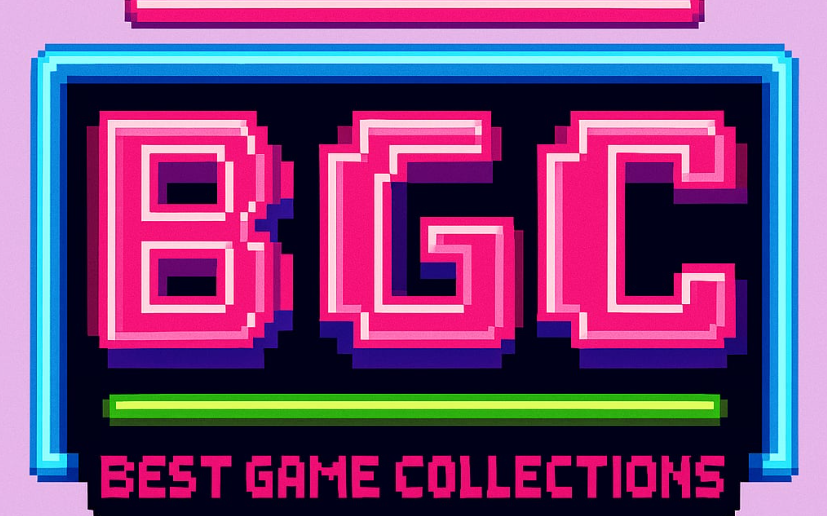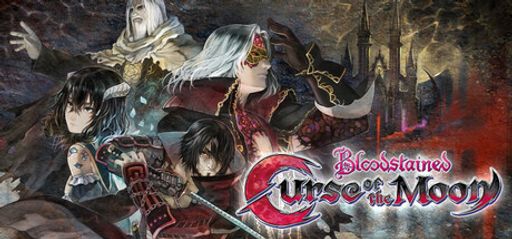Bloodstained: Curse of the Moon. Arriving as a love letter to 8-bit classics, Bloodstained: Curse of the Moon melds precision platforming with modern polish. Developed by Inti Creates under Koji Igarashi’s direction, it distills Castlevania III’s essence into a swift, eight-hour romp. Whether you’re chasing pixel-perfect jumps or reveling in triumphant chiptune anthems, this retro revival delivers tight design and tactical depth—provided you savor every moment before it ends.
Overall Impressions
I’ve combed through hundreds of retro-inspired titles. Nevertheless, Bloodstained: Curse of the Moon still earns a nod. Its homage to 8-bit side-scrollers feels lovingly calibrated. Indeed, tight level design and a whip-wielding protagonist echo Castlevania III from start to finish. That said, its roughly eight-hour length reminds us that nostalgia depends on dosage. Ultimately, if you seek a distilled retro punch, Inti Creates delivers; if you crave deeper narrative roots, you may leave thirsty.
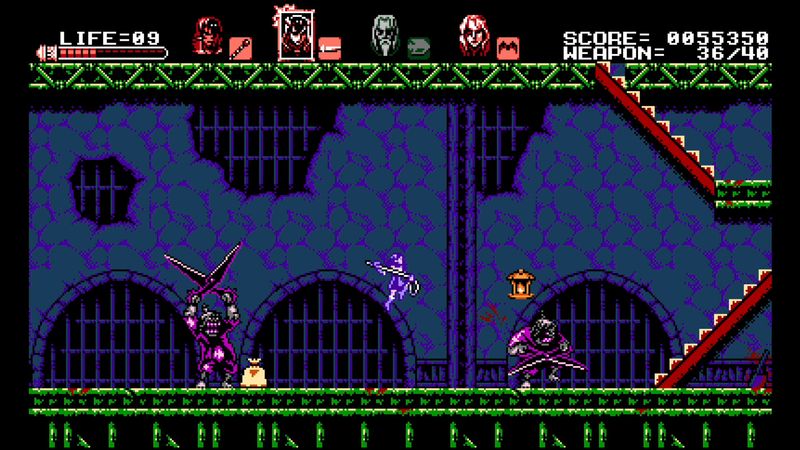
Gameplay Mechanics
At its core, Bloodstained hinges on crisp, responsive controls. For example, Zangetsu’s sword swings and whip lashes land exactly where you aim. Moreover, character-switching injects tactical variety: play as Miriam or Alfred to unlock secret routes. Each swap reveals unique subweapons and traversal tricks. In particular, a well-timed sword leap can dodge projectiles and crush skeletons. Furthermore, the intuitive checkpoint system respects player time—although only Nightmare Mode truly tests your patience.
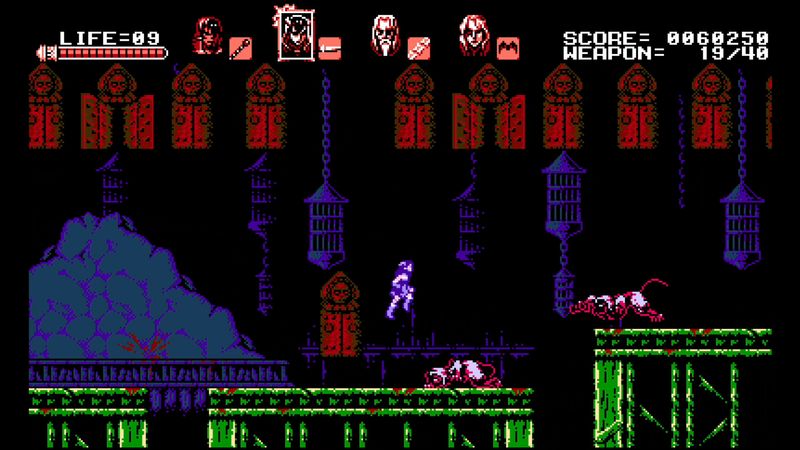
Story and Characters
On paper, it’s revenge wrapped in dark castle real estate. Zangetsu harbors a deep grudge against the demon Rosenberg. He stalks haunted halls, confronts spectral knights, and unearths murky betrayals. Dialogue boxes use terse text, leaving most world-building to your imagination. Miriam, Alfred, and Gebel only surface as support. They rarely spark emotional resonance beyond “cool sidekick.” You’ll collect scraps of lore in optional stages, but the story remains serviceable. It never eclipses boss fights or combat tactics. That said, a single line from Gebel hints at his murky past. It teased me enough to scan credits for hidden text.
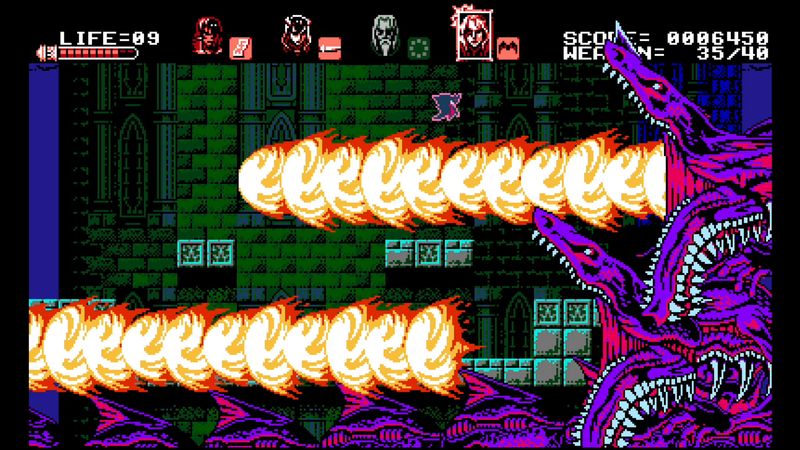
Visuals and Graphics
Inti Creates embraces the retro palette without slavish devotion. Pixel art hums with bold outlines and limited colors. Additionally, sprites animate smoothly, even in frantic boss arenas. At the same time, modern flourishes—like subtle bloom on lanterns—heighten atmosphere. Meanwhile, parallax backgrounds enhance depth in castle corridors and moonlit skies. Shadows crawl along walls with uncanny purpose. I noticed a rare moment where a chandelier’s swing could briefly obscure your vision; indeed, it reinforced the idea that even familiar pixels can surprise. As a result, no stage looks identical, and each new biome feels refreshingly distinct.
Sound and Music
If chiptune scores are your solace, you’ll linger after credits. Inti Creates’ in-house composers channel Konami’s golden era. Each boss theme pulses with driving bass and triumphant horn lines. Ambient sound effects—metal clinks, whip cracks, echoing screams—land with satisfying weight. The title screen riff alone could sell digital soundtracks. Voice work remains nonexistent, fitting for the retro mold. I caught myself tapping toes during a mid-boss lull. That’s all I needed to know.
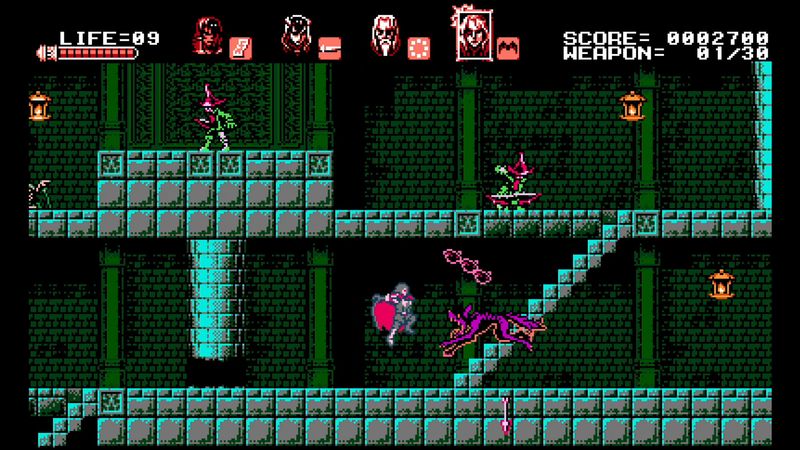
Difficulty and Replayability
Here lies the crux. The base campaign offers a fair challenge. Normal Mode grants forgiving checkpoints. Hardcore players unlock Boss Rush and Nightmare Mode on completion. The latter spears you with permadeath-style damage output. It demands intimate boss knowledge. Speedrunners will claim every second of level splits. I even marathon-watched a few to spot hidden shortcuts. Their clips taught me pixel-perfect jumps and weapon swaps. Yet some players balk at hours of replay for a nine-level game. Its concise length can feel more bite-sized snack than full banquet. If you chase achievements or true completion—alternate exits, character mastery—you’ll return often. Casual passers-by might simply patrol once and move on.
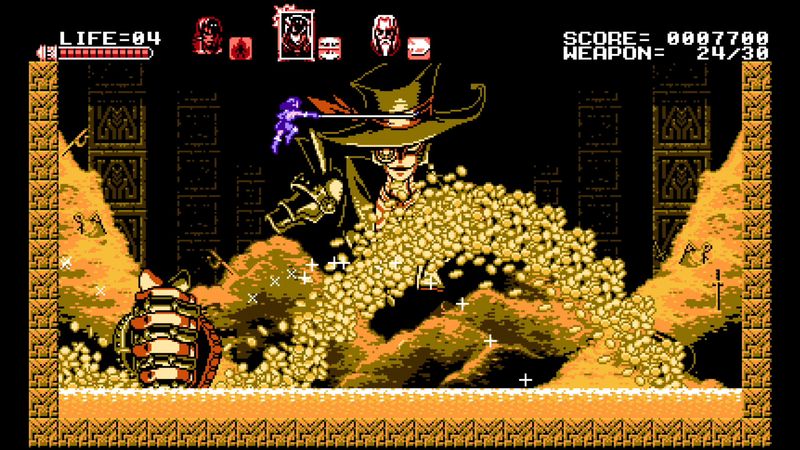
Developer Trivia
Bloodstained began life as a Kickstarter stretch goal mini-game. Koji Igarashi, famed for Castlevania: Symphony of the Night, envisioned a “retro side-quest” for backers. Inti Creates took the helm and expanded it into a standalone. The entire team numbered fewer than fifty developers. They completed the project in under a year. The result channels deep love for 8-bit era tech while adding modern touches.
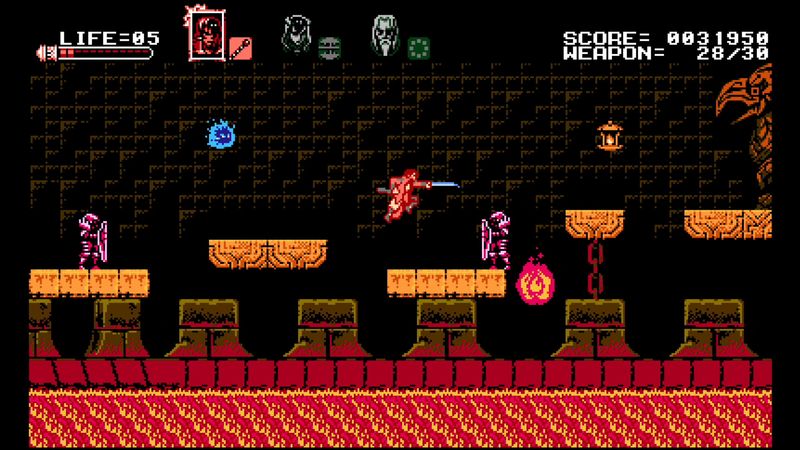
Final Thoughts
Bloodstained: Curse of the Moon stands as a polished tribute. It nails every side-scroll trope with precision. Its brevity and shallow narrative hold it back from immortality. Yet its satisfying combat and chiptune score will charm retro enthusiasts. It knows exactly what it is—and it mostly succeeds. Just don’t expect to spend more time inside that castle than it takes to storm its gates. After all, even the sharpest whip crack can’t stretch eight hours into epic legend.
Rating: 4 out of 5 stars
Add Bloodstained: Curse of the Moon to your Steam collection!
